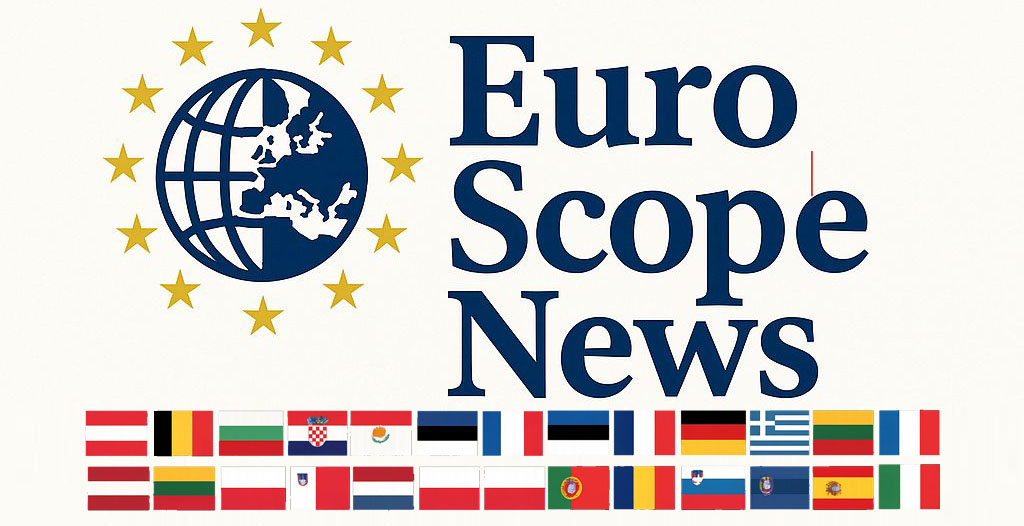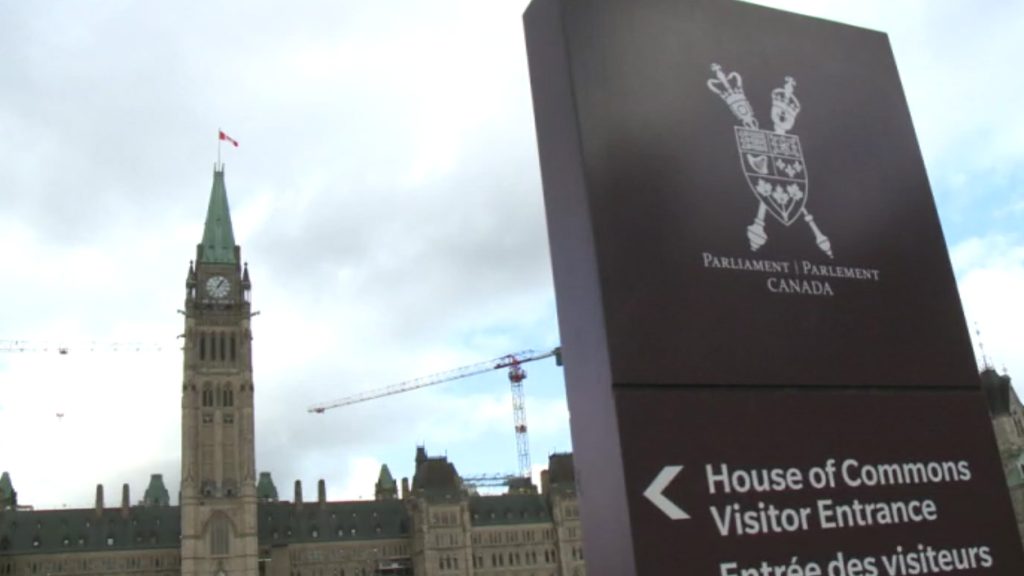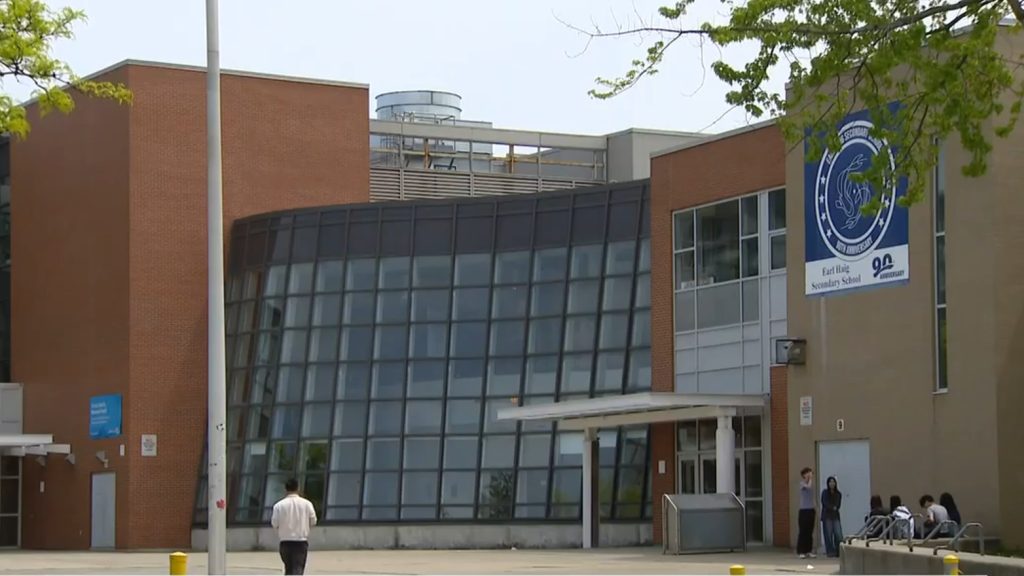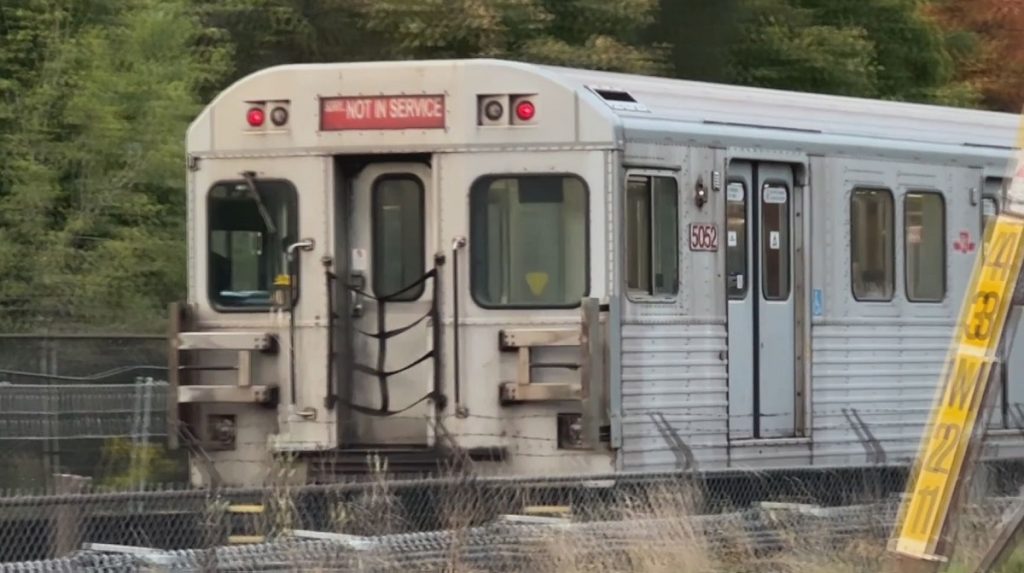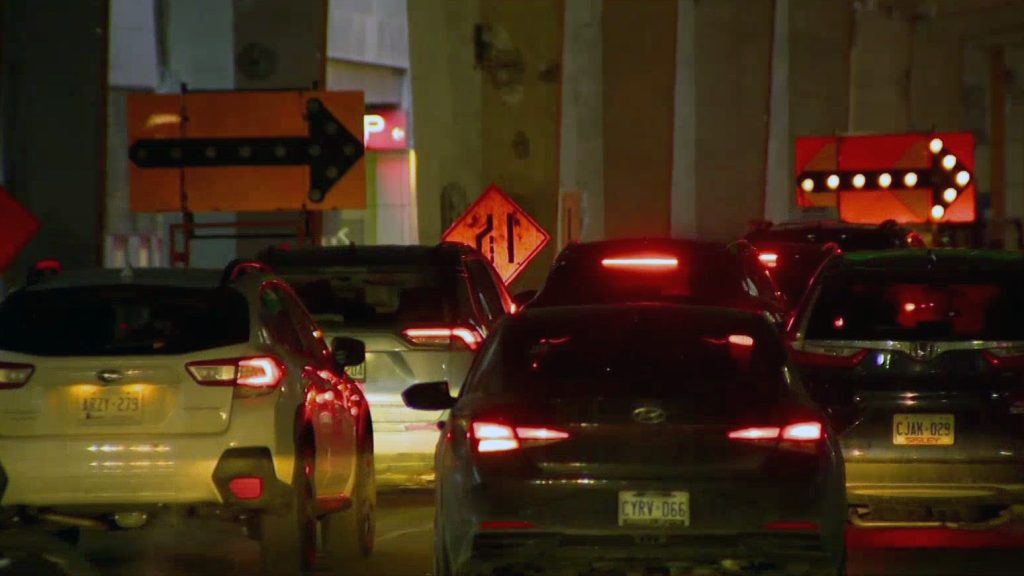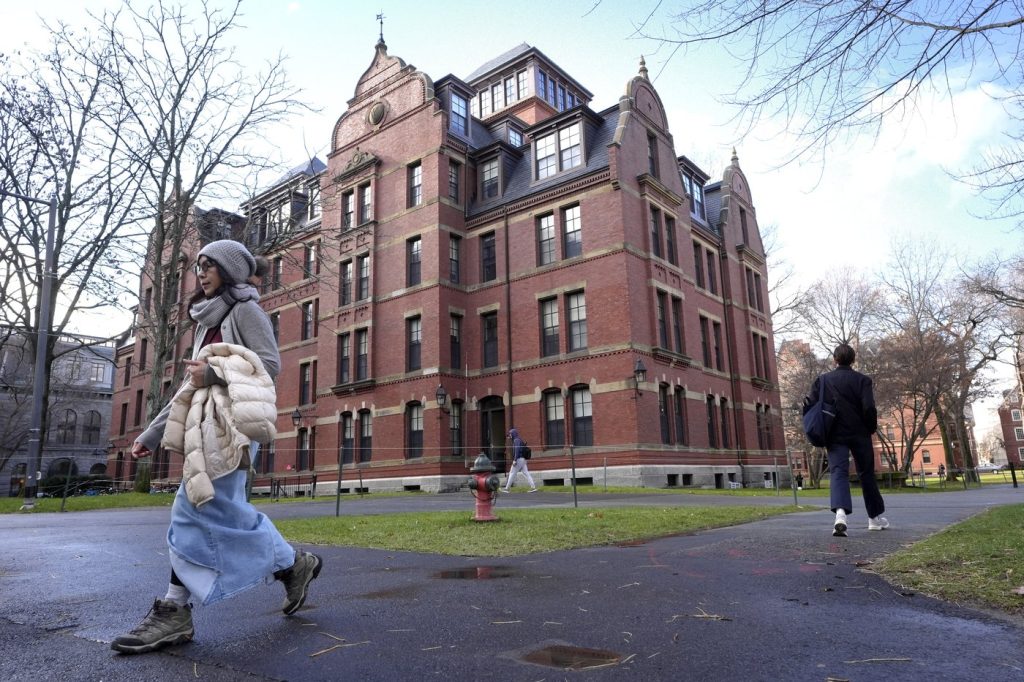As Israel and Hamas approach a potential ceasefire agreement, significant tensions remain regarding Israel's intention to maintain military forces in the Morag corridor, a crucial area in southern Gaza. An Israeli official, who chose to remain anonymous, highlighted that one of the ongoing negotiation issues is Israel's demand to keep its troops in the corridor during a proposed 60-day truce.
The Morag corridor, named after a former Jewish settlement, is vital to Israel's strategy for relocating a large portion of Gaza's population, estimated at around 2 million people, towards a narrow strip of land along the border with Egypt, identified by Israeli officials as a "humanitarian city." Critics of this strategy express concerns that it may serve as a precursor to the forced relocation of many Palestinians, allowing the Israeli government to maintain prolonged control over Gaza.
Hamas, still holding a number of hostages and steadfastly refusing to meet Israel's demands for troop withdrawal, is opposed to any lasting Israeli presence within Gaza. The proposed ceasefire would involve a cessation of hostilities for 60 days, during which some hostages may be released, and an increase in humanitarian aid to Gaza.
This situation mirrors previous negotiations impeded by Israel's similar insistence on troop presence in separate corridors, hindering progress toward achieving a ceasefire for months. Prime Minister Benjamin Netanyahu's office has not provided commentary on the implications of the Morag corridor for the ongoing ceasefire discussions. Recently, Netanyahu met with U.S. President Donald Trump in Washington, discussing the ceasefire and related regional matters.
Further complicating the situation, reports indicate that Israel's desire to retain a military foothold in the Morag corridor was among the significant obstacles addressed in discussions involving high-ranking officials from the U.S., Israel, and Qatar. President Trump expressed optimism about nearing an agreement, stating the desire for peace and the return of hostages.
The Morag corridor forms part of a network of three east-west corridors created by Israel during its military campaign in Gaza, which has seen Israeli forces seizing considerable territory. The corridor, which spans approximately 12 kilometers (7 miles) from Israel to the Mediterranean and is around 1 kilometer (half a mile) wide, serves as a strategic point for the Israeli military’s operations.
Critics of the Israeli government point out that the movement of Palestinians towards Rafah—which has been largely devastated and depopulated due to ongoing military activities—could lead to conditions of extreme humanitarian distress and possible forced displacement. Rights organizations are concerned that the plan to direct Palestinians southwards indicates a systematic attempt to consolidate control over Gaza.
Israeli analyst Kobi Michael noted that maintaining Israeli control in the Morag corridor could facilitate military operations in northern Gaza, where fighting continues, all the while avoiding civilian casualties. This strategy, however, has sparked significant concern about the implications it could hold for peace negotiations and the future of the region.
While Netanyahu asserts that any relocations would be voluntary, many Palestinians and human rights advocates fear that the proposed concentration of displaced persons in the besieged southern regions could leave them with no choice but to flee or face dire conditions. Michael Milshtein, an Israeli expert on Palestinian affairs, warned that the chances of reaching an agreement may diminish significantly due to Israel's refusal to withdraw troops after a ceasefire period, a demand that is unacceptable to Hamas.
The Morag corridor's designation as a control point plays a crucial role in Israel’s plans and presents notable opposition within the tangible landscape of the conflict. As these negotiations unfold, the ultimate fate of the ceasefire remains uncertain, hinging on the resolution of these key sticking points.
